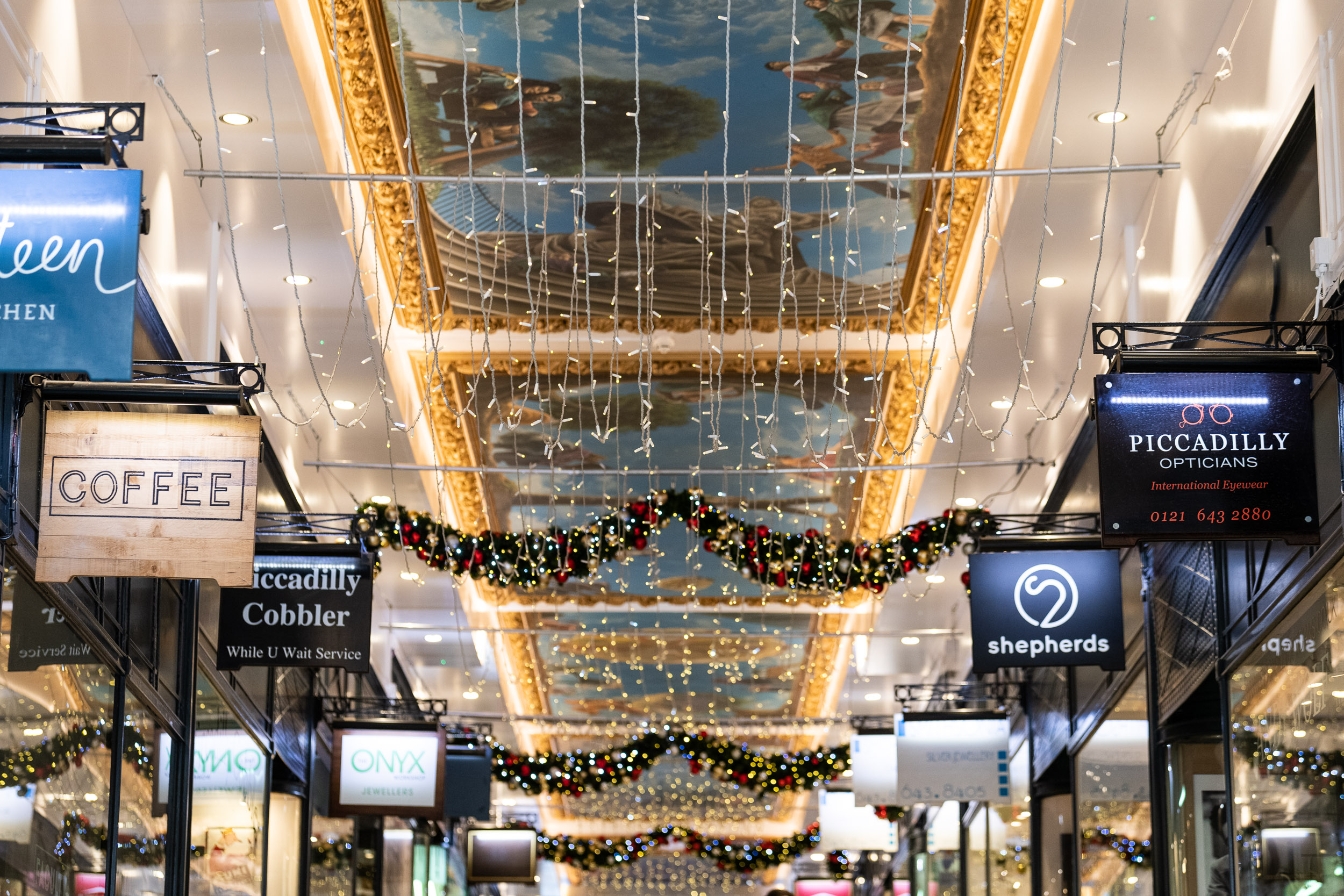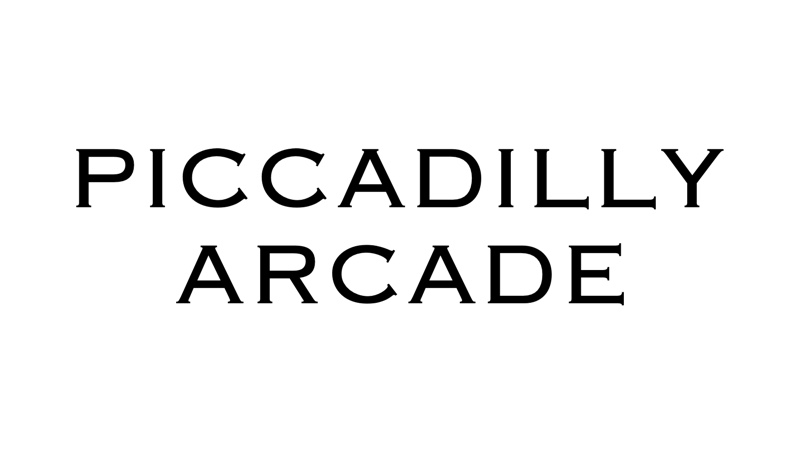
Piccadilly Arcade is one of Birmingham’s most historic retail destinations, housing over a dozen of the best independent retailers England’s second city has to offer. Despite being a beloved retail destination, it’s easy to understand why many local residents and commuters decide to take the scenic route through the Arcade that connects New Street and Stephenson Street.
But when was the last time you looked up during your journey through Piccadilly Arcade?
Did you know you were being watched? No, not by any piece of modern technology, but by a series of painted ceiling murals, titled ‘A Life In The Year Of The Chinchillas’. The piece of artwork was created by artist Paul Maxfield in 1989 when Piccadilly Arcade was refurbished by Douglas Hitchman.
Over 100 years ago cinema goers would flock to the ‘The Picture House, New Street’ in order to escape their daily lives and become engrossed in a silent film and the story unfolding on the big screen. Despite the cinema closing its doors in 1925 and then transforming into Piccadilly Arcade, the famous building enriched in history still can’t help to tell a story.
On the ceiling throughout the walkway in Piccadilly Arcade are six panels, each of which illustrates part of a story told by Paul Maxfield in his artwork, ‘A Life In The Year Of The Chinchillas’. The paintings depict the four seasons of the year and are also symbolic of the life cycle.
Each mural has its own setting and series of events unfolding within the frame. One season showcases a man parachuting down from the sky, and with the painting also doubling up as an illusion, it looks as though he is about to land in Piccadilly Arcade. One of the other reasons as to why this mural doubles up as an illusion is also due to the positioning of the characters inside the painting.
Each mural features a series of characters that are looking down upon you. This illusion breaks the fourth wall, with the people inside the mural acting as though they are aware of your presence. The people inside the pictures are spread around the edge of the paintings, hugging the bronze frame, almost as though they are trying not to fall out of the painting onto Piccadilly Arcade’s walkway.
Paul Maxfield’s ceiling murals is a gem that rushing shoppers and commuters often miss. Remember, the next time you walk through Piccadilly Arcade, look up. The old cinema venue still can’t help to put on a show.


Recent Comments